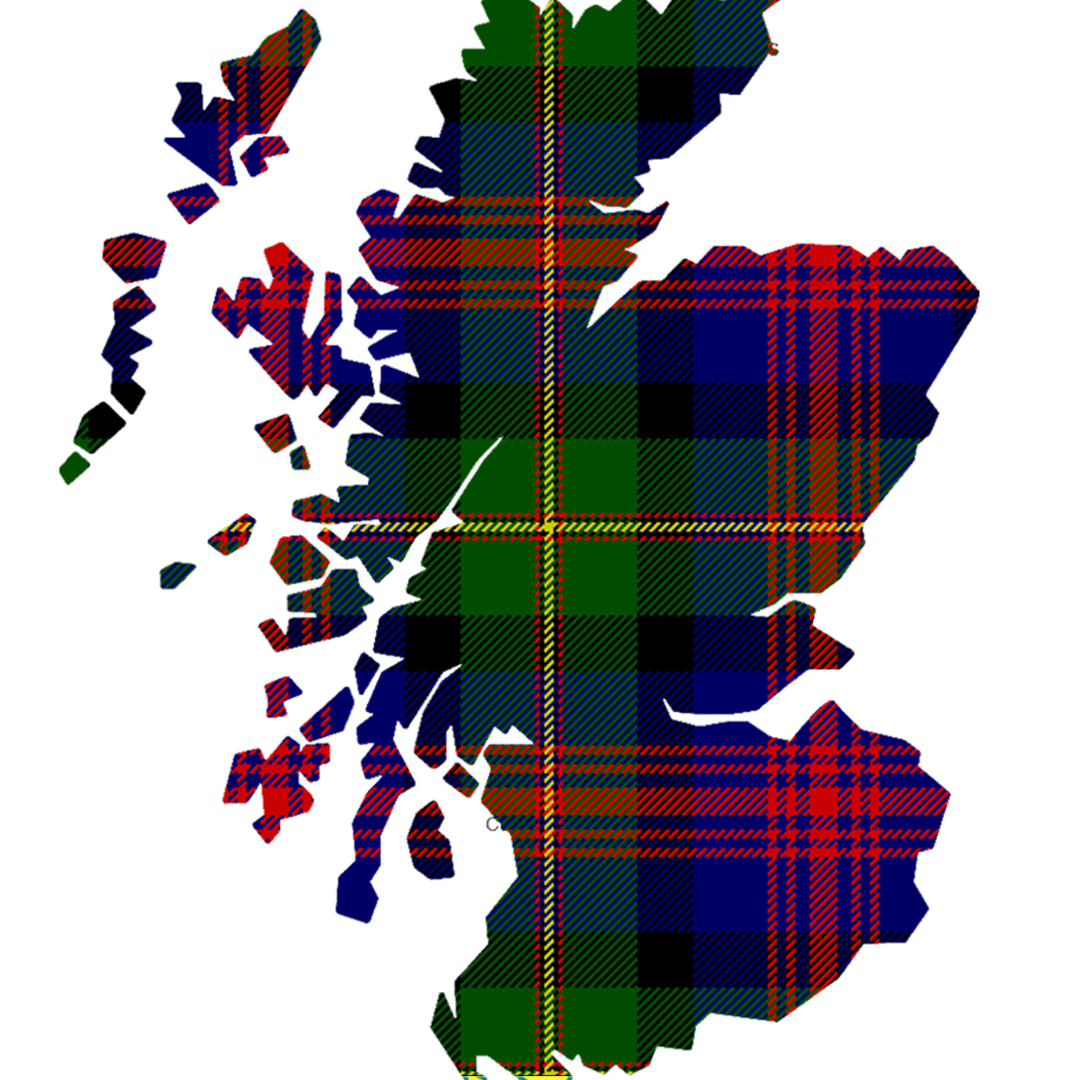
A Stroll Through Scottish Tartan History
Few things in life offer the same level of flair, rebellion, and unmistakable identity as Scottish tartan. It’s a pattern. It’s a fabric. It’s a fashion statement. And let’s face it — it’s a wee bit magical. You see someone in tartan, laced into a fine pair of ghillie brogues, and you know they’re either heading to a wedding, a ceilidh, or they’ve just stepped out of a time-traveling romance novel.
So if you’ve ever wondered how tartan became the heartbeat of Highland fashion and why it’s been worn by warriors, royals, rebels, and runway models alike — pour yourself a dram and settle in. This is the tale of tartan: part history, part myth, and 100% Scottish attitude.

So… What Is Tartan, Really?
Tartan is a pattern made by criss-crossing lines of various colors — technically known as a “sett.” When woven into wool, it creates a distinctive grid of stripes and squares that repeat both horizontally and vertically.
But to simply call tartan a “pattern” is like saying a ceilidh is just “some dancing.” It’s an identity marker. A family crest in fabric form. A sign you belong — whether to a clan, a regiment, or just to good taste.
Every tartan tells a story — of place, of people, and occasionally of someone who mixed dyes after one too many whiskies.
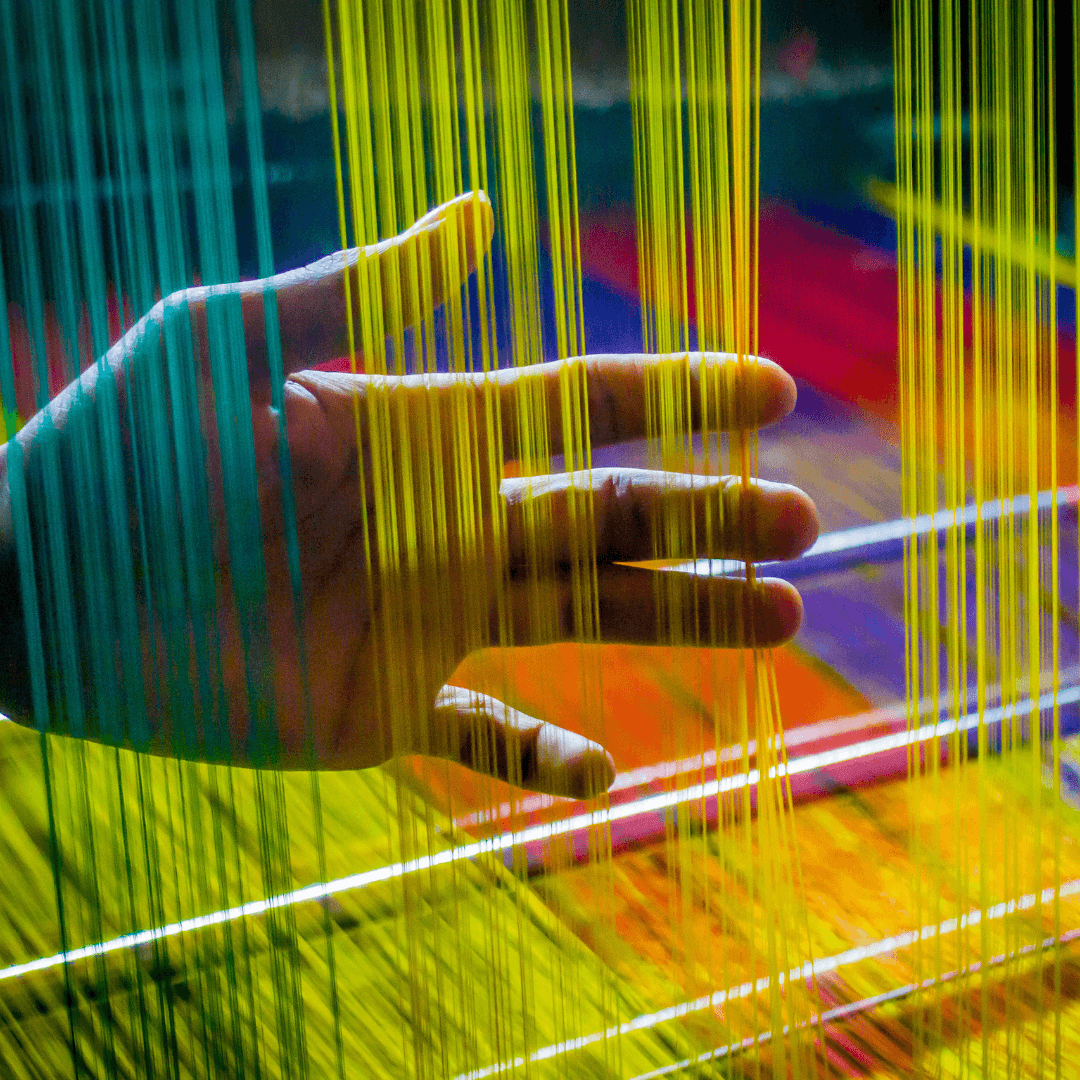
Wool and Warfare: The Ancient Origins of Tartan
The roots of tartan go deep — deeper than a loch at midnight. Archaeologists discovered fragments of patterned cloth in Falkirk dating back to around the 3rd century AD, stored in a jar with coins and… surprisingly little moth damage. These early tartans were basic, yes, but unmistakably plaid.
By the 16th century, Highlanders were regularly wearing tartan plaids (the actual cloth, not just the pattern). These were massive lengths of wool — the “féileadh mór” or Great Kilt — belted and draped in a way that served as both cloak and blanket. Not so much tailored elegance as battle-ready bedspread, but no one said Highland fashion wasn’t practical.
Each region had access to different dyes from local plants, so tartans naturally varied from glen to glen. But contrary to popular belief, these early patterns weren’t linked to clans — yet.
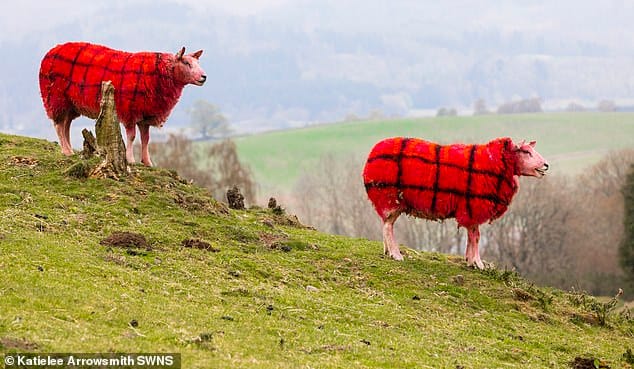
The Jacobite Era: When Tartan Got Dangerous
Fast forward to the 18th century and the Jacobite Risings — where tartan evolved from homespun cloth to a badge of political resistance.
The Highland clans rallied behind the Stuart cause, and tartan became a potent symbol of rebellion against the British government. After the Jacobite defeat at the Battle of Culloden in 1746, the British cracked down hard. They passed the Dress Act of 1746, banning the wearing of Highland dress in an attempt to suppress Scottish identity.
Imagine that: wearing your own clothes suddenly became an act of sedition. Highlanders were forced to hang up their kilts and tartans — or risk prison, fines, or worse. For 36 years, tartan went underground — surviving in secret, passed down quietly like a family heirloom or an illegal bottle of peaty single malt.
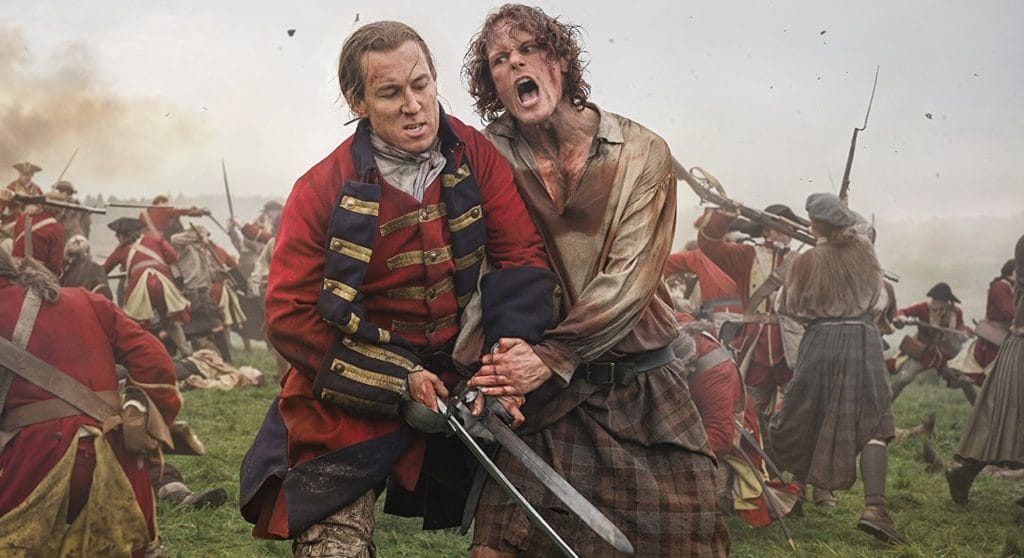
Image from Outlander
Tartan Gets a Royal Rebrand
When the Dress Act was repealed in 1782, tartan came roaring back. And soon, it wasn’t just for Highlanders. It was for everyone, thanks in no small part to a surprisingly enthusiastic English monarch: King George IV.
In 1822, King George IV made a royal visit to Edinburgh — the first by a reigning monarch in nearly two centuries. Persuaded by novelist Sir Walter Scott (who, let’s be honest, was as good at marketing as he was at fiction), the king donned full Highland regalia, including a rather generous kilt to hide his less-than-athletic physique.
It was a public relations triumph. Suddenly, tartan was royal-approved, and every Lowlander, noble, and newcomer wanted in.
Queen Victoria and Prince Albert later took things further. They adopted Balmoral Castle as their Scottish retreat and decorated the interiors with tartan from floor to ceiling — including a now-famous pattern called the Balmoral tartan, which to this day is reserved exclusively for the royal family. (Not even you can wear it, unless your surname is Windsor and you’ve had tea with the corgis.)
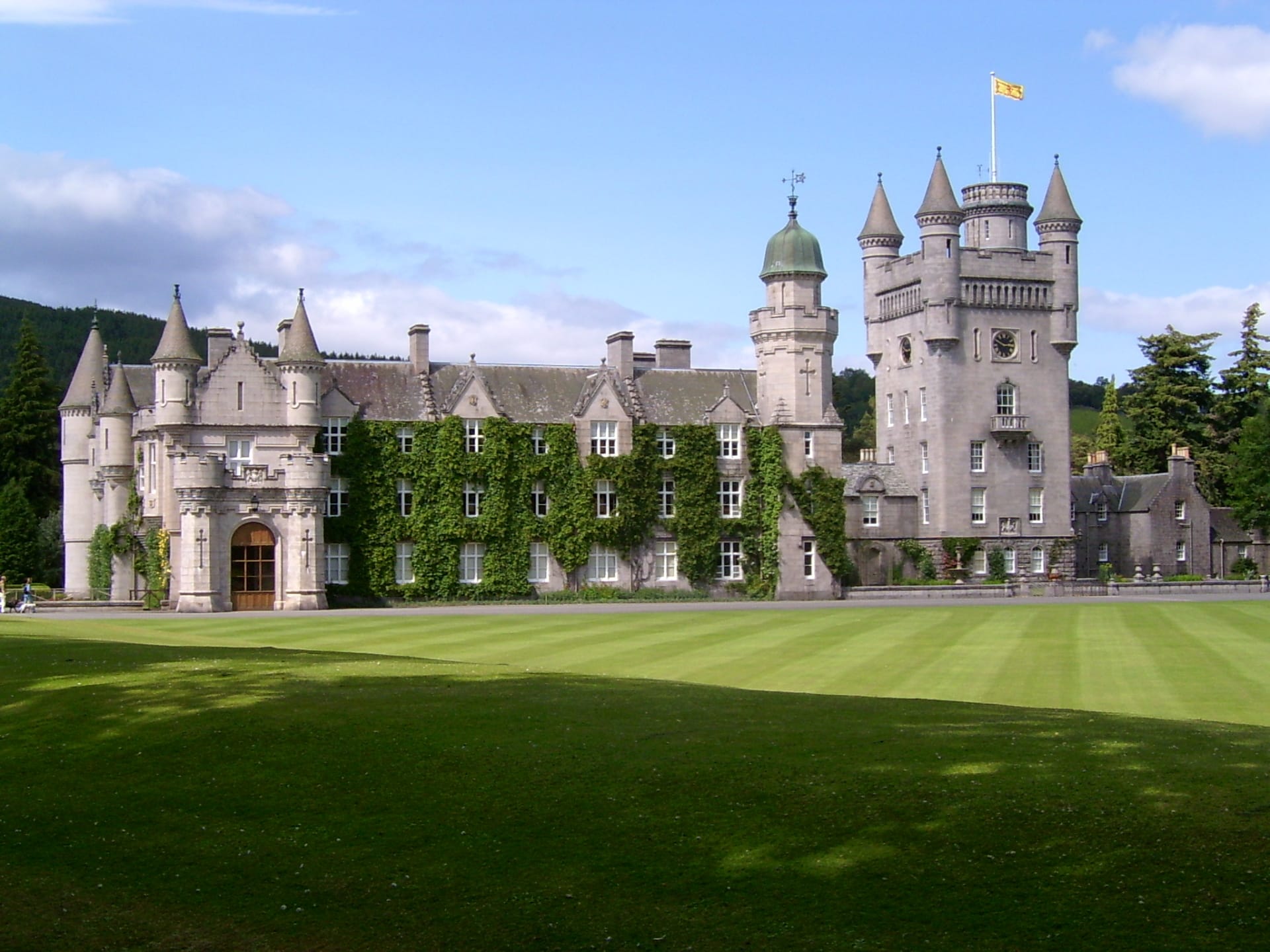
Clan Tartans: Fact, Fiction, and Fashion
The idea of clan tartans — specific patterns linked to family names — didn’t actually exist until the 19th century. Before that, Highlanders wore whatever tartan was locally available.
But after the royal revival, weavers realized there was a commercial opportunity. “Why not invent clan-specific tartans and sell them to every proud MacDonald, MacLeod, and MacWhoknowswhom?”
Thus, the great tartan boom began. Thousands of tartans were created and assigned to clans, territories, and even jobs. Today, you’ll find tartans for clans, counties, police departments, universities, sports teams — and yes, even corporate tartans (we’re looking at you, Scottish Coca-Cola).
Is it historically accurate? Not always. Is it brilliant marketing? Absolutely. Does it give us an excuse to wear even more tartan? You bet your sporran it does.
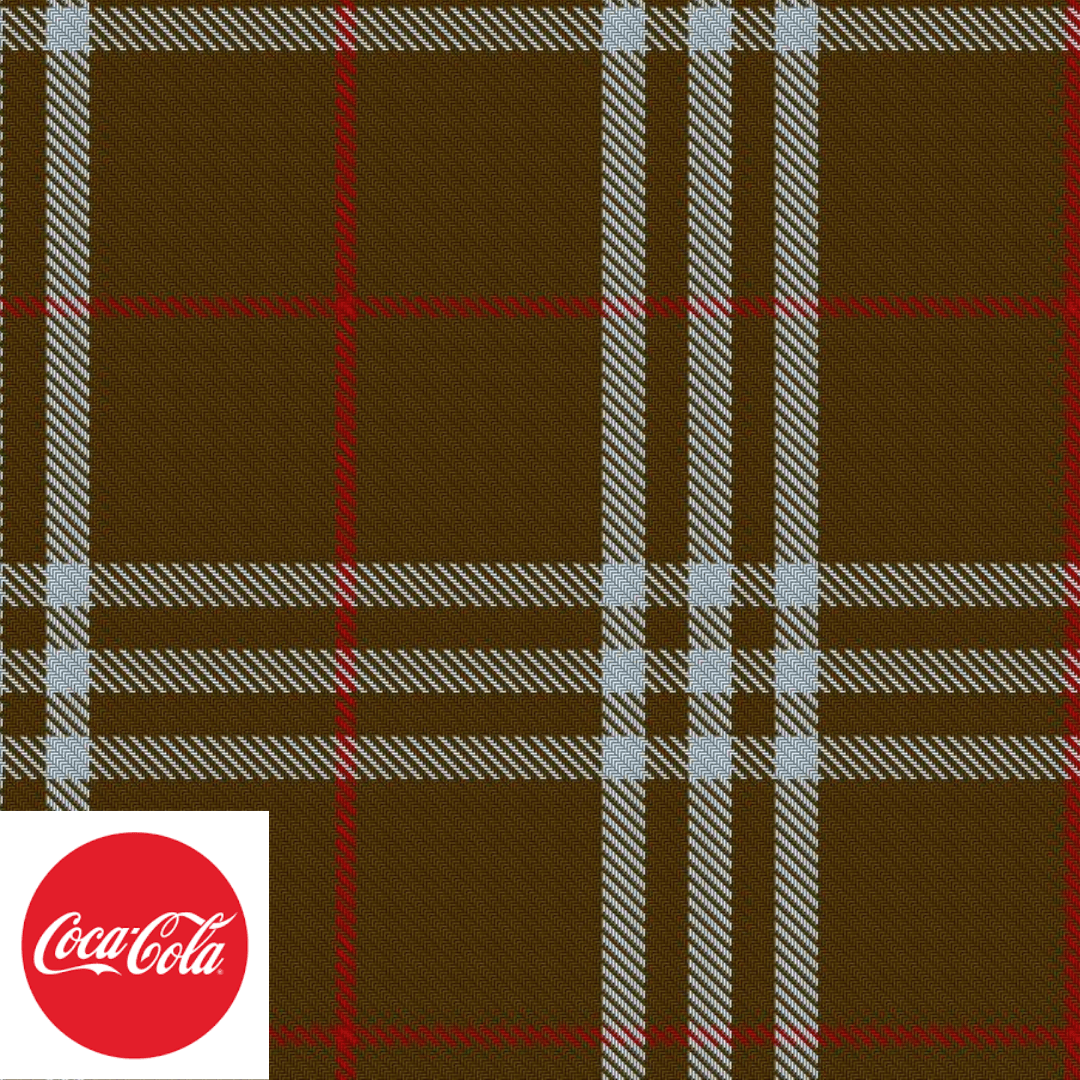
Tartan in the Modern World: Fashion with Swagger
Tartan is now a global icon. It’s strutted down the catwalks of Vivienne Westwood and Alexander McQueen, slammed on punk album covers, and made it into Star Trek (yes — even space respects the plaid).
And yet, for all its global reach, tartan still feels intensely personal. Whether you’re wearing your clan’s colors to a family reunion, donning your wedding tartan at the altar, or just throwing on a scarf because it makes your eyes pop — tartan works.
Pair it with a pair of ghillie brogues, and you’ve unlocked a look that says, “I have deep roots and great taste in footwear.”
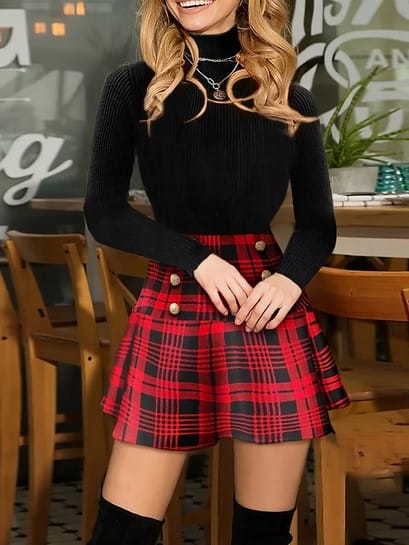
Fun Tartan Facts to Impress Your Friends
- The Guinness World Record for the most expensive kilt is held by a tartan woven with pure gold threads — valued at over £25,000. That’s a lot of sparkle for a sporran.
- The Isle of Skye has its own tartan — a moody mix of heather purples and sea greens. Ideal for brooding poets or anyone with a windswept Instagram account.
- The US military has several tartans registered, including the Marines and Navy. Apparently, camouflage isn’t just for the forest anymore.
- The Scottish Register of Tartans currently lists over 8,000 patterns — and you can even design your own. (Might we suggest a custom tartan to match your ghillie brogues?)
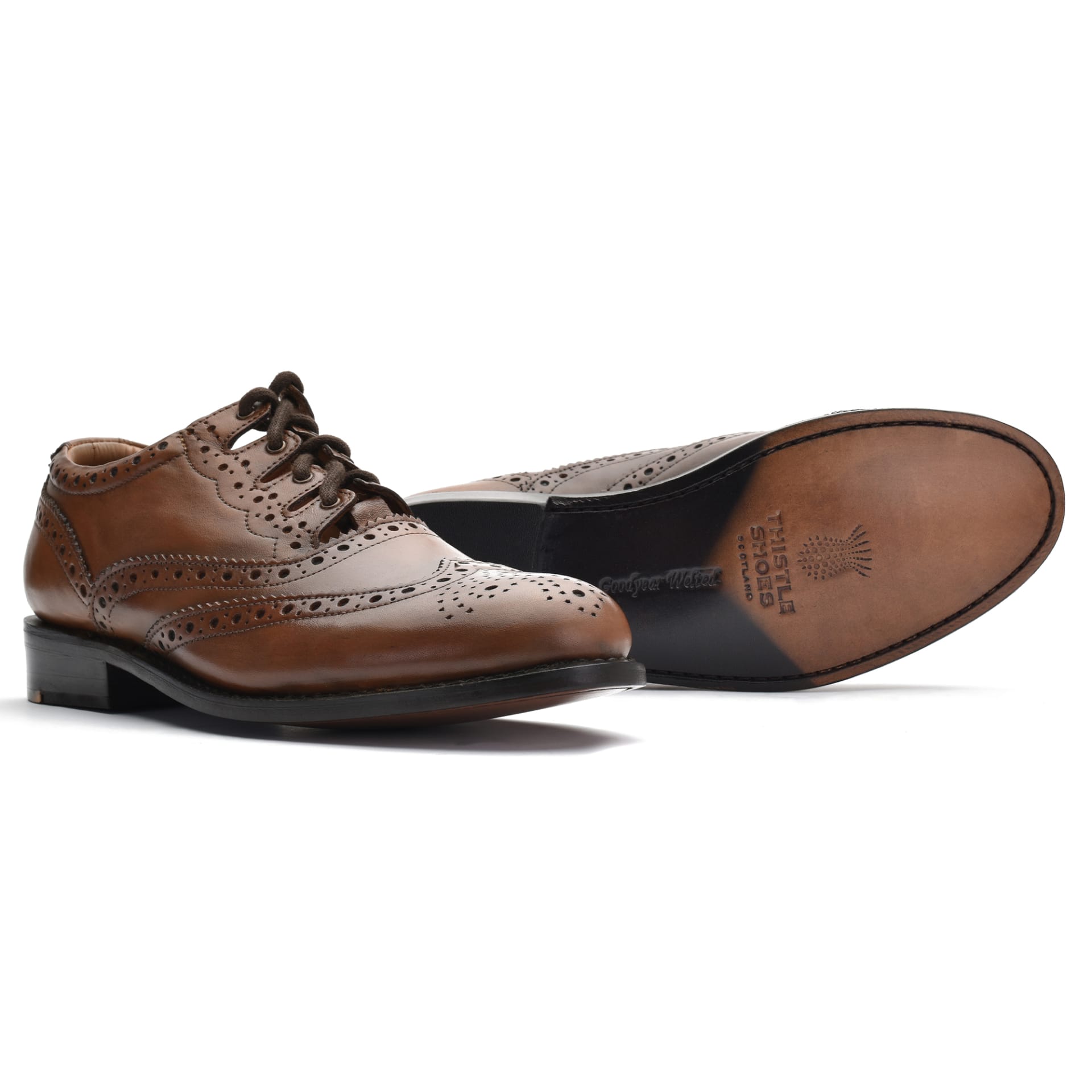
Why Tartan Still Matters
In a world of fast fashion and forgettable trends, tartan is timeless. It’s equal parts heritage and style — something you don’t just wear, but inherit. It connects you to your past, gives weight to the present, and lets you walk proudly into any room (especially if you’re wearing the right shoes).
Whether you’re dancing a Highland fling, giving a best man’s speech, or just trying not to trip on your kilt pleats, tartan is your loyal companion. And with the right pair of ghillie brogues beneath you, you’re not just walking — you’re striding through centuries of tradition with every confident step.
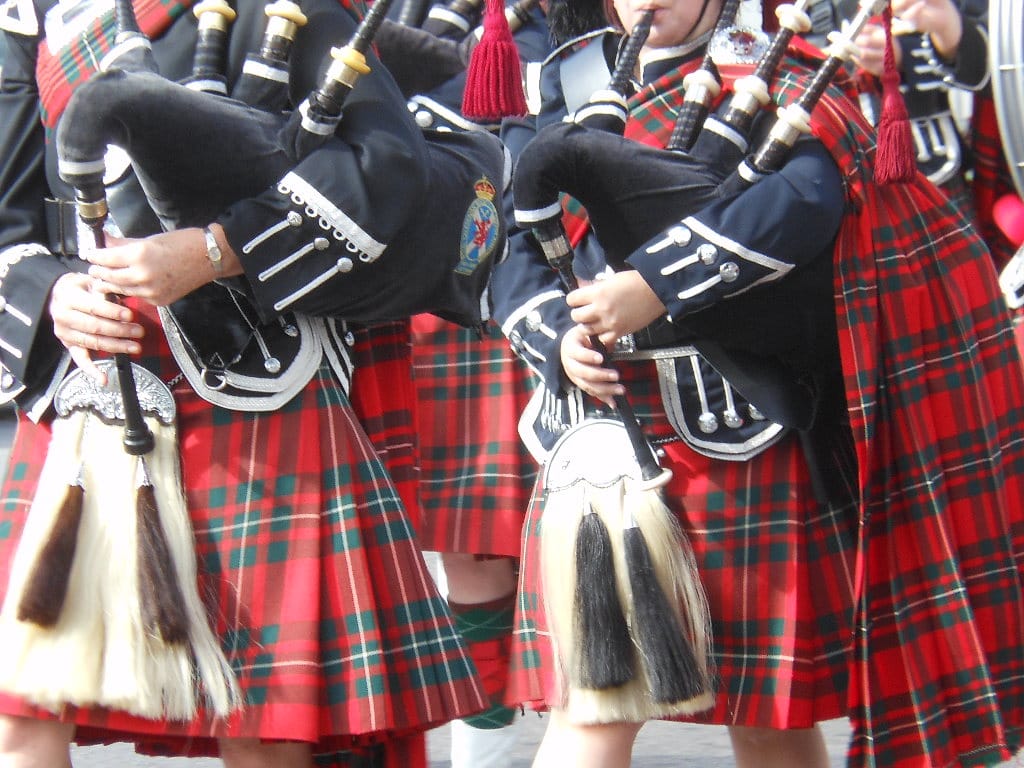
Ready to Rock the Tartan?
Here at Thistle Shoes, we believe tartan and ghillie brogues go together like haggis and whisky — rich, traditional, and absolutely iconic. Browse our selection of high-quality ghillie brogues, designed to complement every kilt, from ancient hunting tartans to bold modern creations.
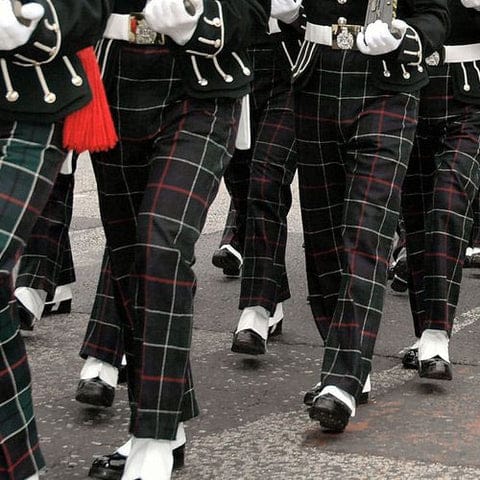
Step up. Lace in. Walk tall.
In tartan and brogues, you’re not just dressed — you’re declaring who you are.